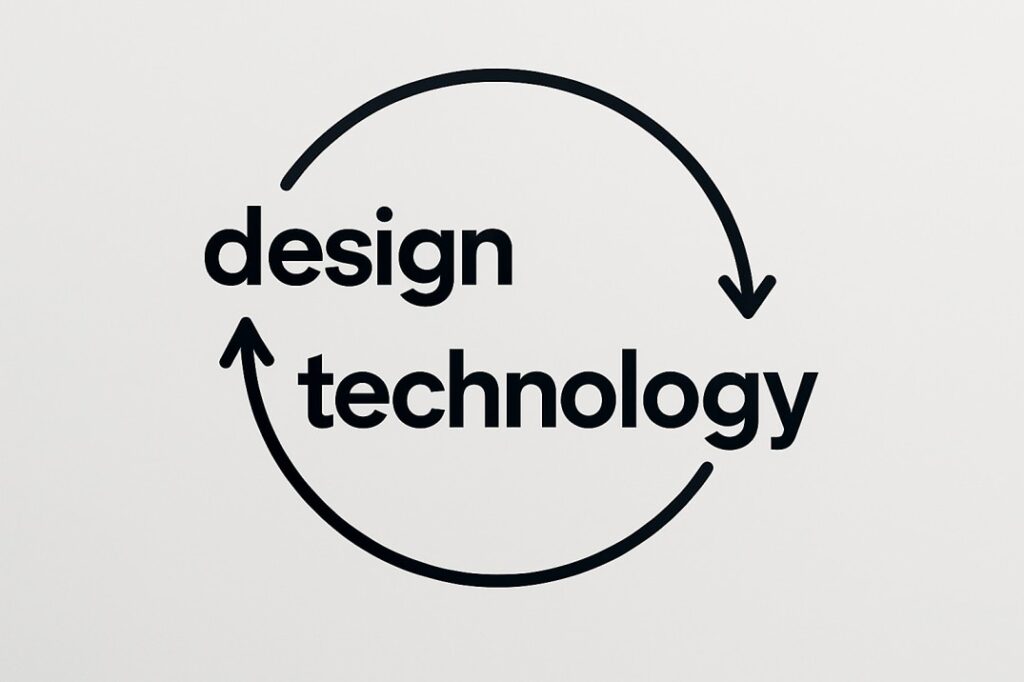De-Risking innovation - Why TRL levels matter in product design?

At Ticket Design, we work at the intersection of design, technology and business outcomes. Many of our clients come to us with transformational ideas, products that can shake up industries, define categories or solve major problems. Before a great idea can become a manufacturable, user-ready product, it must undergo a structured process. That’s where Technology Readiness Levels (TRLs) come into play.
Originally developed by NASA, TRLs provide a 9-level scale to assess the maturity of a technology from basic principle to moving through a process of scale. In new product development, TRLs are used to assess technical risk, to help plan investments, and to assess team alignment on current and next steps. At an award-winning studio like ours, TRLs aren’t just a checklist; we use them to enable decision-making, influence strategy, and move design forward in a systematic way.
What are TRL levels and why should you care?
Let’s shed some light. The TRL scale is 1 through 9, and here’s a summary.
| TRL | Description |
| 1 | Principles observed |
| 2 | Concept formulated |
| 3 | Experimental proof of concept |
| 4 | Validated in the lab |
| 5 | Validated in the relevant environment |
| 6 | Prototype demonstrated |
| 7 | Tested in an operational environment |
| 8 | Qualified system |
| 9 | Proven system in real use |
Each level is a waypoint, a change in perspective on how a product needs to be treated. For design teams like ours, it can be an effective catalyst to align creativity with technical and business realities.
How does Ticket Design incorporate TRL thinking?
Our model integrates TRLs with our Research to Implementation process – the 3L framework (Look, Listen, Live) designed by our team.
- Look: We observe actual users in their real-life situations, documenting workflows, pain points and unseen needs.
- Listen: We collect feedback from users in spoken and unspoken ways to observe failed expectations.
- Live: We engage in the user contexts and use the product in the same way as users would, so we can decode behavioural insights into tangible design.
This type of immersive research leads us through each TRL stage. Here’s how:
TRL 2–3: Researching and mapping opportunities
At early stages when the technology is coming to life, we will partner with you for extensive user and contextual research to:
- Identify the usage contexts and user needs
- Map potential value propositions
- Delineate the opportunity space
The output is user personas, scenario maps, and early design directions. We help you build a clear, strong foundation for the next steps.
TRL 3–4: Concept design and visualisation
Once the proof of concept is complete, we begin to translate it into a product vision:
- Sketch explorations and perspective renderings
- Form, material, and ergonomic explorations
- Initial user journey and interaction flows
We shape the product vision to be contextual, intuitive, and ready to evolve into a functional model.
TRL 5–6: Engineering, prototyping, and testing
This is where design meets execution. We transform concepts into tangible, tested solutions:
- Comprehensive CAD development
- Engineering for manufacturing feasibility
- Functional prototypes built for real-world trials
- Usability testing, DFMA, and iteration loops
Our design outputs at this stage aren’t just testable—they’re built to scale.
TRL 7: Pilot production and scale-up
With a validated prototype, we support scale-up efforts with precision:
- Tooling and production support
- T1 sample evaluations and quality refinement
- Vendor collaboration, packaging, and UX integration
We ensure that the final product is consistent, manufacturable, and market-ready—with the design intent intact.
A real-world TRL case study
One of our clients arrived at TRL 4, trafficking specs for a lab-tested sensor-driven device. So we delivered:
- Better designed from insight for use
- Dense, manufacturable product architecture
- Rigorous prototyping and testing in context
Thus, we moved them to TRL 7, stimulating once again an interest from investors, and the product was on its way to manufacturing.
TRL thinking beyond physical products
Although TRLs were oriented to hardware, we still operationalise them for digital and service products:
- Have user flows been tested for scalability?
- Has the back-end architecture been validated for readiness for deployment?
- Does the ecosystem level enable long-term operational use?
In UX, packaging and connected experiences, we understand the readiness holistically because product experience design is never merely one layer.
Why does this work?
TRLs remove ambiguity. When used strategically, they:
- Clarify a project’s current maturity
- Focus time and resources on what matters
- Reduce risk across technical and commercial fronts
At Ticket Design, we’ve applied this methodology across industries—medical devices, smart appliances, automation tools, and consumer tech. In every instance, our TRL-aligned approach has brought clarity, reduced development friction, and delivered real-world-ready solutions.
Ready to move forward?
Whether you’re starting with an idea or scaling for launch, understanding your TRL stage is key to moving faster, smarter, and more confidently.
We meet you where you are TRL 3 or TRL 7 and take you where you need to be. Let’s design the future together. Connect with us to start your product’s TRL journey.